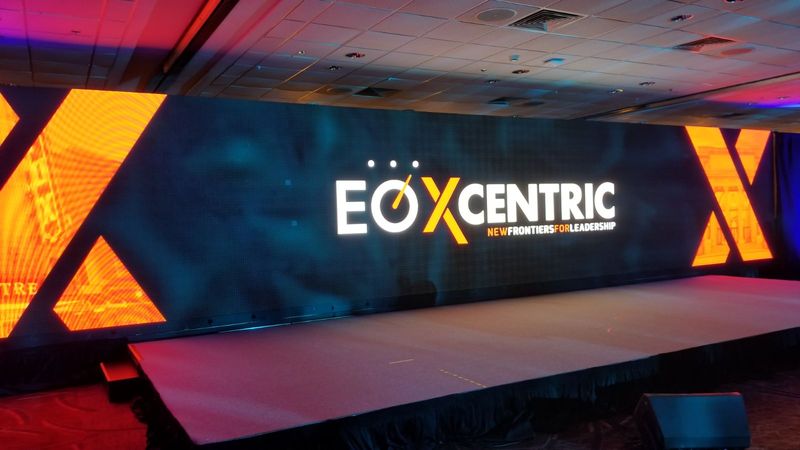Exploring the Efficacy of Diverse Light Emitting Diode Display Adjustment Techniques for Ideal Visual Output
Wiki Article
Light Emitting Diode displays have grown progressively favored in multiple environments, such as theater venues, musical events, and business gatherings. These expansive displays provide lively hues and crisp visuals, making them ideal for visual presentations. However, to achieve the optimal visual performance, proper calibration of LED screens is crucial. Tuning refers to the method of adjusting the screen settings to guarantee that hues, luminosity, and differentiation are accurate and consistent. Different tuning techniques can significantly impact the overall standard of the display encounter, making it important to explore the effectiveness of these approaches.
One frequent method for tuning Light Emitting Diode walls is handheld tuning. This approach involves adjusting the parameters by manual means, often using specialized instruments and programs. Technicians typically analyze the screen's hue precision and luminosity levels, making adjustments based on their observations. Handheld tuning allows for a significant degree of customization, as technicians can tailor the parameters to the particular setting and material being shown. However, this approach can be labor-intensive and demands a skilled technician to attain best results. Despite its difficulties, handheld calibration can lead to remarkable display performance when done correctly.
Another common tuning technique is the use of automatic tuning. This method uses programs and devices to measure the display's performance and make modifications instantly. Automatic calibration can conserve hours and reduce the risk for manual error, as the software can quickly evaluate the screen and apply the necessary changes. This method is particularly useful in settings where the Light Emitting Diode wall is often used for various types of content, as it can adjust to different illumination conditions and content needs. While automated calibration may not provide the identical level of personalization as handheld tuning, it can still provide superb outcomes for many applications.
A third method worth noting is the use of color calibration tools. These tools, such as colorimeters and spectrophotometers, assess the hue results of the Light Emitting Diode screen and help confirm that the colors displayed are accurate. By using these instruments, specialists can detect any inconsistencies in color reproduction and make the necessary adjustments. This technique is especially crucial for uses where color accuracy is critical, such as in graphic design or video creation. Hue tuning tools can enhance the overall display quality of Light Emitting Diode walls, ensuring that the audience sees the desired hues and details.
In conclusion, the effectiveness of different Light Emitting Diode screen calibration techniques plays a crucial role in achieving best display quality. Handheld calibration offers customization but can be labor-intensive, while automated tuning provides speed and uniformity. Additionally, color tuning instruments help ensure accurate color reproduction, which is essential for many uses. By understanding and utilizing these calibration methods, specialists can enhance the visual encounter for viewers, making LED walls an more effective tool for communication and blog link engagement. As innovation continues to advance, ongoing research and evolution in tuning methods will likely lead to more improved visual performance in the time ahead.
